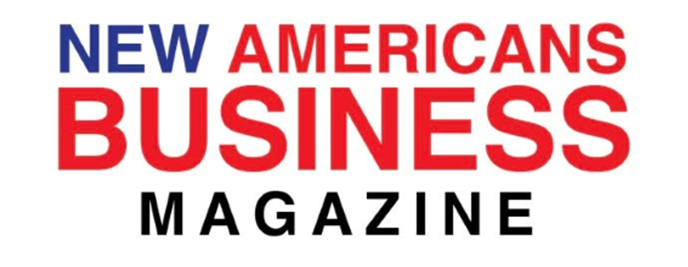

By Tripti Bhushan
The Indian law doesn’t have an alternate game plan for the trade dress under its present trademark establishment, not in the slightest degree like the US law which sees the thought trade dress under Section 43(a) of the Lanham Act.
“Trade dress typically consists of either product packaging or product configuration. It can encompass color, size, shape, texture, or graphics, and has even been found by courts to include such things as restaurant layout and décor, the shape of an automobile, and the appearance of a bathroom scale”, according to Fish and Richadson P.C. on Trademark Thoughts.
The new Trademarks Act, 1999, which came into power in September 2003 is by and large established on the English Trade engrave Act, 1994, saw trade dress on the lines of The Lanham Act. The overhauled Act of 1999 sees trade dress through the new significance of Trademark, also includes the condition of product, packaging or blend of tones or any blend thereof. Widely, Section 2 of the Trademarks Act, 1999.
It portrays the going with as: (m) “mark” consolidates a device, brand, heading, name, ticket, name, signature, word, letter, numeral, condition of items, packaging or mix of tints or any blend thereof;
(q) “group” consolidates any case, box, compartment, covering, coordinator, archive, vessel, casket, bottle, covering, name, band, ticket, reel, diagram, holder, top, top, plug a plug;
Hence the new significance of trademark under Indian law includes all of the parts of the trade dress as under US law. The Indian courts have been seeing trade dress even before 2003.
In Cadbury India Limited and Ors. Versus Neeraj Food Products3, the Delhi High Court held the brand name “JAMES BOND” as actually and phonetically like the enrolled brand name “Pearls” of the Cadbury. The High Court also held the packaging of Neeraj sustenance thing to resemble that of Cadbury and eventfully Neeraj Foods was controlled from using said reserve similarly as the packaging like that of Cadbury.
In one more continuous occasion of Gorbatschow Wodka v. John Distilleries4, the Plaintiff, Gorbatschow Wodka, reported an infringement movement under the watchful eye of the Bombay High Court declaring that the Defendant has assaulted its authorized advancement privileges by accepting an interesting assortment of the condition of the compartments of the Plaintiff. (Labels: Trade Us Indian Position News).
In Merwans Confectioners Pvt. Ltd. V. M/s. Sugar Street and Ors., the applicant filed an interim injunction application seeking relief against infringement of the ‘Trade Dress’ by the defendant even after the termination of the Franchise Agreement.
The applicant was engaged in a business of bakery and confectionery articles. In 2015, the applicant entered into a Franchise Agreement with the defendant and terminated the same in 2019.
The Bombay High Court held that “a product feature with only decorative and aesthetic with no source-identifiable could not be given exclusive rights under the concept of Trade Dress.” Thus, there is no prima facie case for said application and dismissed the suit.
(Tripti Bhushan is a Teaching and Research for Intellectual Pursuit (TRIPS) Fellow and Academic Tutor at O.P Jindal Global Law School, O.P Jindal Global University, India)


